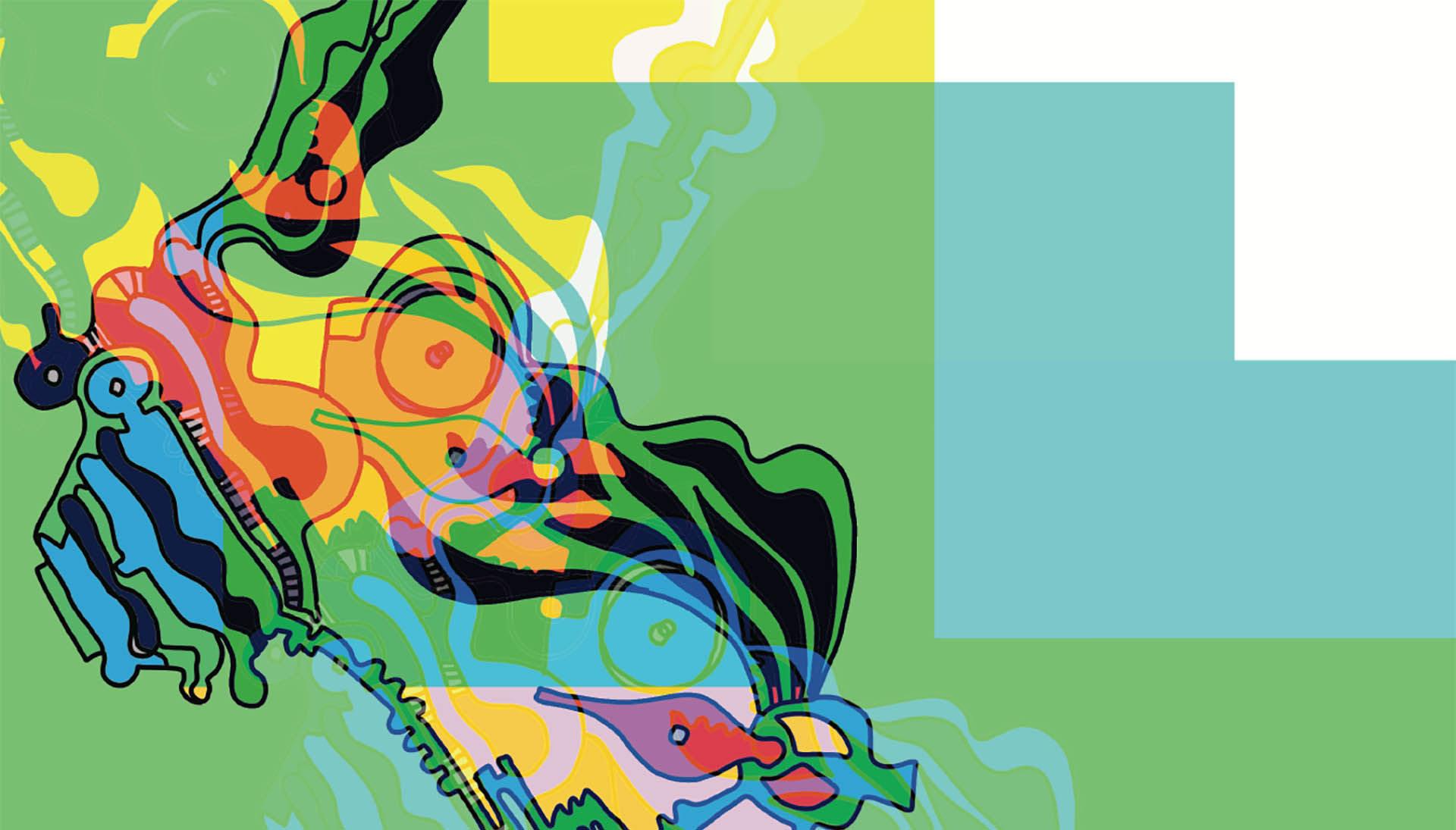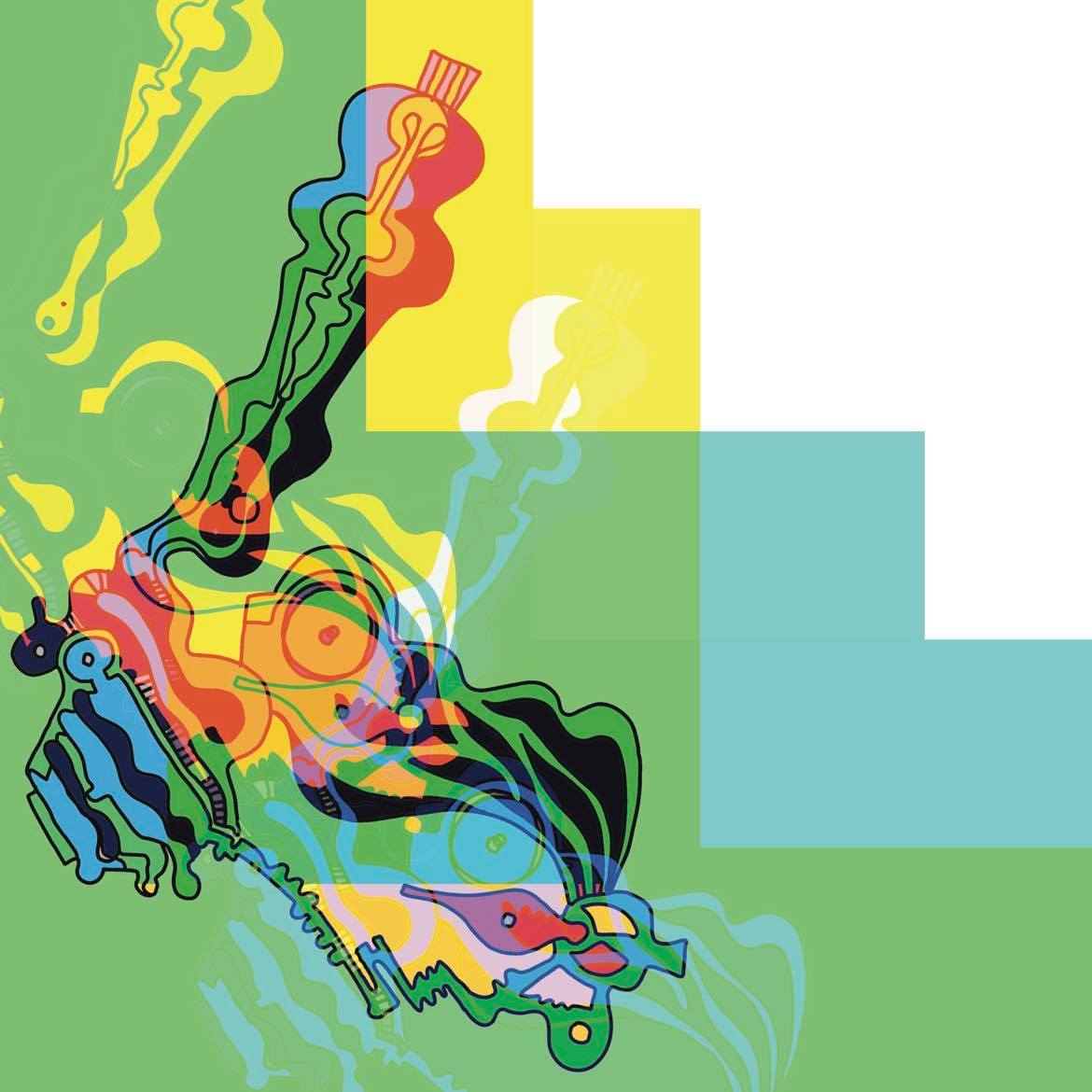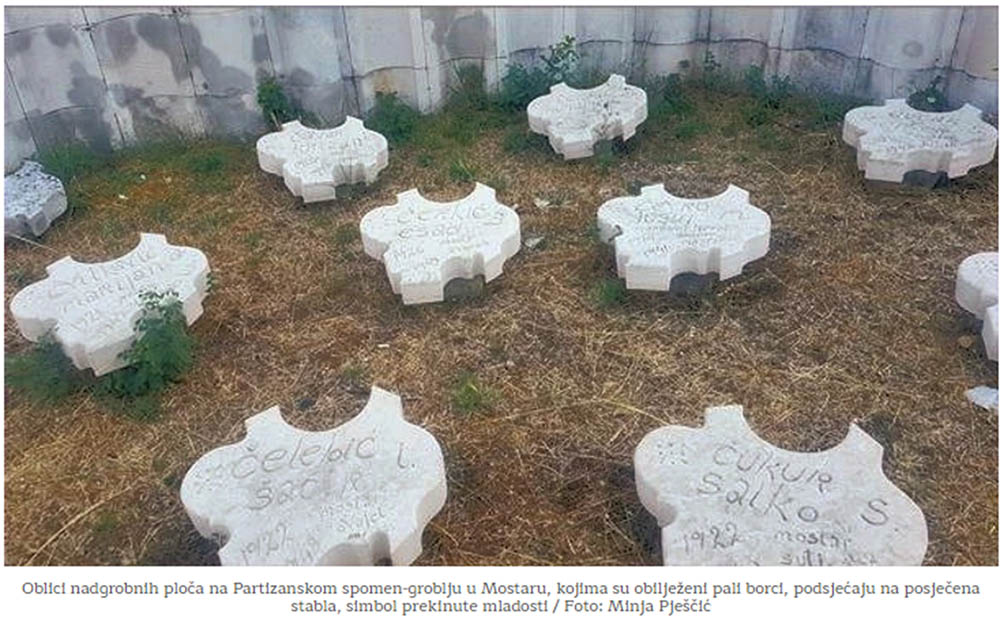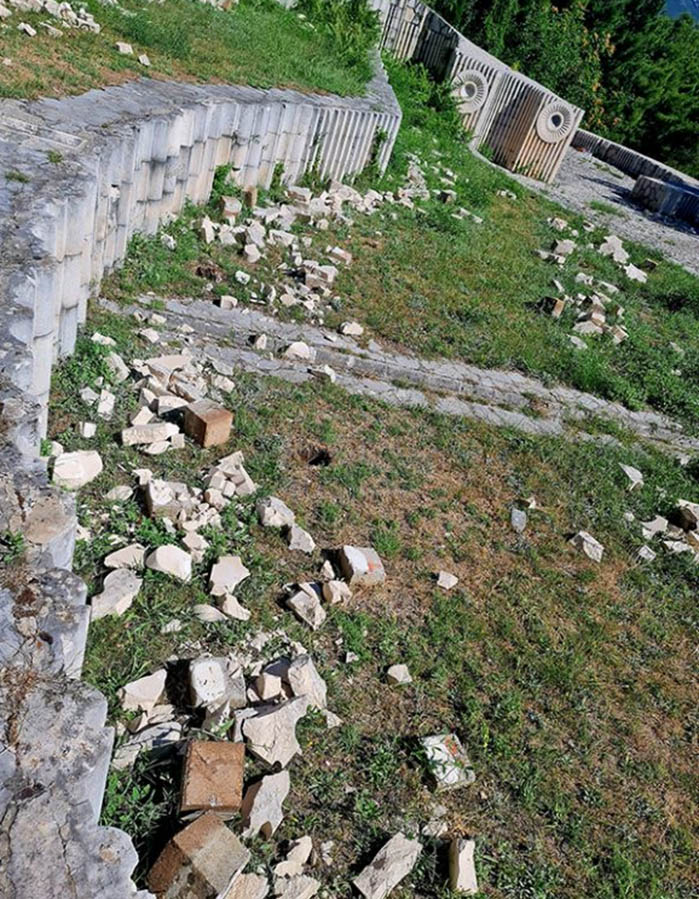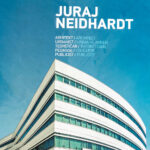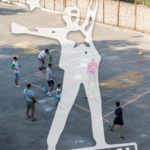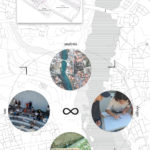In the brilliant artist mind, what the fallen represented, their sacrifice and what they meant to the living, was timeless and universal, and such had to be the monument built in their honour. Bogdan Bogdanović did not delve into symbols and signs of the times…
